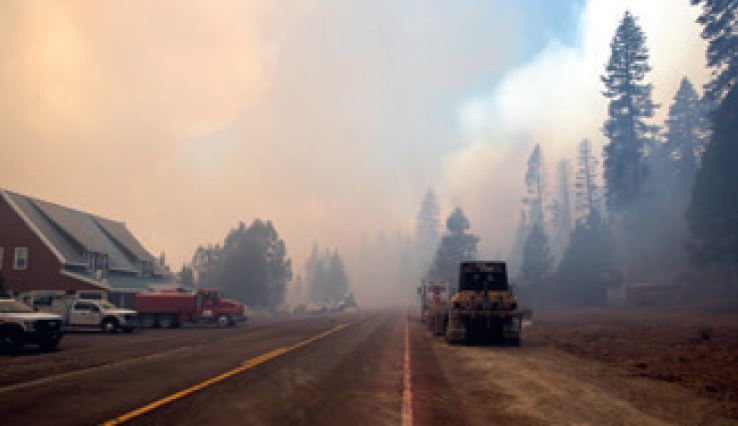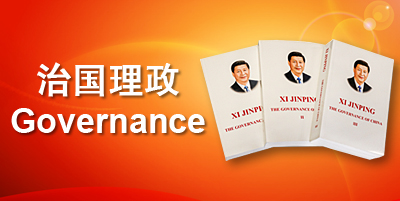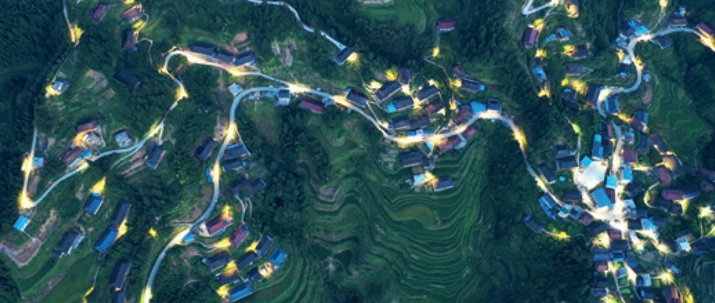The meeting in Tianjin came after Chinese President Xi Jinping last year committed to strong actions on greenhouse gas emissions. While speaking at the general debate of the 75th Session of the UN General Assembly in 2020, Xi said China aims to have carbon dioxide emissions peak before 2030 and achieve carbon neutrality before 2060. This was a defining moment in China's response to climate change.
Unlike many nations, which have come late to the recognition of the climate's importance, China in 2011 commissioned a national series of educational broadcasts created by China Central Television to help educate the public on the significance and consequences of climate change. It is estimated that 1 billion Chinese saw the 12-episode documentary entitled Warm and Cold: We Share Together.
China's national policy is now guided by the overarching mandate of peaking carbon emissions before 2030 and becoming carbon neutral before 2060, and it is evaluating how to reorganize its society, particularly the manufacturing sector, to meet these objectives.
Cooperation on climate
In decades past, trade and investment have dominated the U.S.-China relationship. However, it seems climate will be a key factor in their interaction, and the meeting between Kerry and Xie was an important step in renewing joint efforts. This cooperation is now looked to as a model way forward on climate, to help lead other countries toward some form of climate resilience in order to buy time for the slowdown represented by the carbon peak. The ultimate weaning of global manufacturing and living off unbridled carbon generation is represented by carbon neutrality. In the lifeboat we find ourselves in, all must row together to get anywhere—preferably without criticizing others on their rowing style. Perhaps, we can even begin to synchronize our rowing.
The emphasis in China Daily's reporting on Kerry's visit was on the agreement to agree, and also on the list made of problems that need solving. In the past, the list of bothersome issues made by the U.S.-China Joint Commission on Commerce and Trade, established in 1983, became so long that it was eventually forgotten. Those issues now seem rather trivial in light of the mountain (carbon neutrality) we must climb after we agree to stop digging the hole we are in (carbon peak). Collaboration is a primordial human survival skill because it works, and it's needed now more than ever before.
We have now entered the era of Chinese carbon neutrality endeavors and America's Build Back Better infrastructure program. It is appropriate to make them a theme of bilateral cooperation on climate. Today, the collaborative ingenuity of two great people must develop the path forward, proud that each possesses a heritage of problem solving, endurance and fundamentally shared human values.
Based on this shared heritage, it is possible for our two countries to return to a time of more robust cooperation, and to channel that cooperation into meaningful outcomes in carbon emission reduction.

Smoke arises from a wildfire in the Lassen National Forest in north California, the U.S., on August 5 (XINHUA)
Power of innovation
If the achievement of carbon neutrality is viewed as the arrival at the summit of a mountain, then we, as nations, continue to dig a deeper and deeper hole for ourselves. Only by peaking carbon emissions can we stop digging downward and only by reducing emissions can we begin to move upward, out of the hole and toward the mountaintop. It will take the combined brain and willpower of China and the U.S. to apply practical solutions that demonstrate to other nations how carbon can be reduced in thousands of industrial and everyday processes, and pollution contained and neutralized before it escapes into the atmosphere. We might even find that embedded in the problem lies the solution.
Demonstration is true learning. An old saying applicable to this form of learning is "seeing is believing," and one aspect of the urgent need for carbon peak and carbon neutrality is the increase in extreme weather occurrences around the world. Many say this era of superstorms, super droughts, super fires, super floods, and super famines is natural and there is nothing we can do about it. However, we can also see this extreme weather as being accentuated by the vast amount of carbon pumped into the atmosphere over the global industrial era. Applied science was not available 250 years ago in the way it is today and this science is not just a nice to have, it is a must have. If they can be made widely available, systems that work simply to constrain emissions will prove critical to the fight we are in.
As a non-governmental organization (NGO), the National Center for Sustainable Development is interested in practical not political solutions and is free to see the good in things without having to be part of the label. Most Americans and Chinese will work with a tool, wherever it comes from, if it will get the job done faster, cheaper and better. These are the technologies to be endorsed and that can serve as educational tools through demonstration projects. Across the vastness of China and America, we cannot really imagine all the innovation that goes on and that might be artfully applied. Many of these are elegant solutions, but they are not widely embraced because they are not widely known. This is the NGO mission today: filling the gap left open by many traditional approaches of statecraft. It often takes a long time to assess the impact of these approaches and whether or not they live up to their billing as solutions for national problems.
Nation states have a clear role to play at a high level. However, it can be argued that they too need goals to be set, such as the goals China has set for itself, and then to measure progress against those goals. Progress can derive most quickly from innovation, which should not be confused with invention. Innovation is the new application of enhancements to existing technology to address problems. Often these innovations solve a new problem the old technology never was designed to tackle. This is cost effective and the underlying practicality of such core technology already exists and with the added innovation can have a new hi-tech life ahead.















